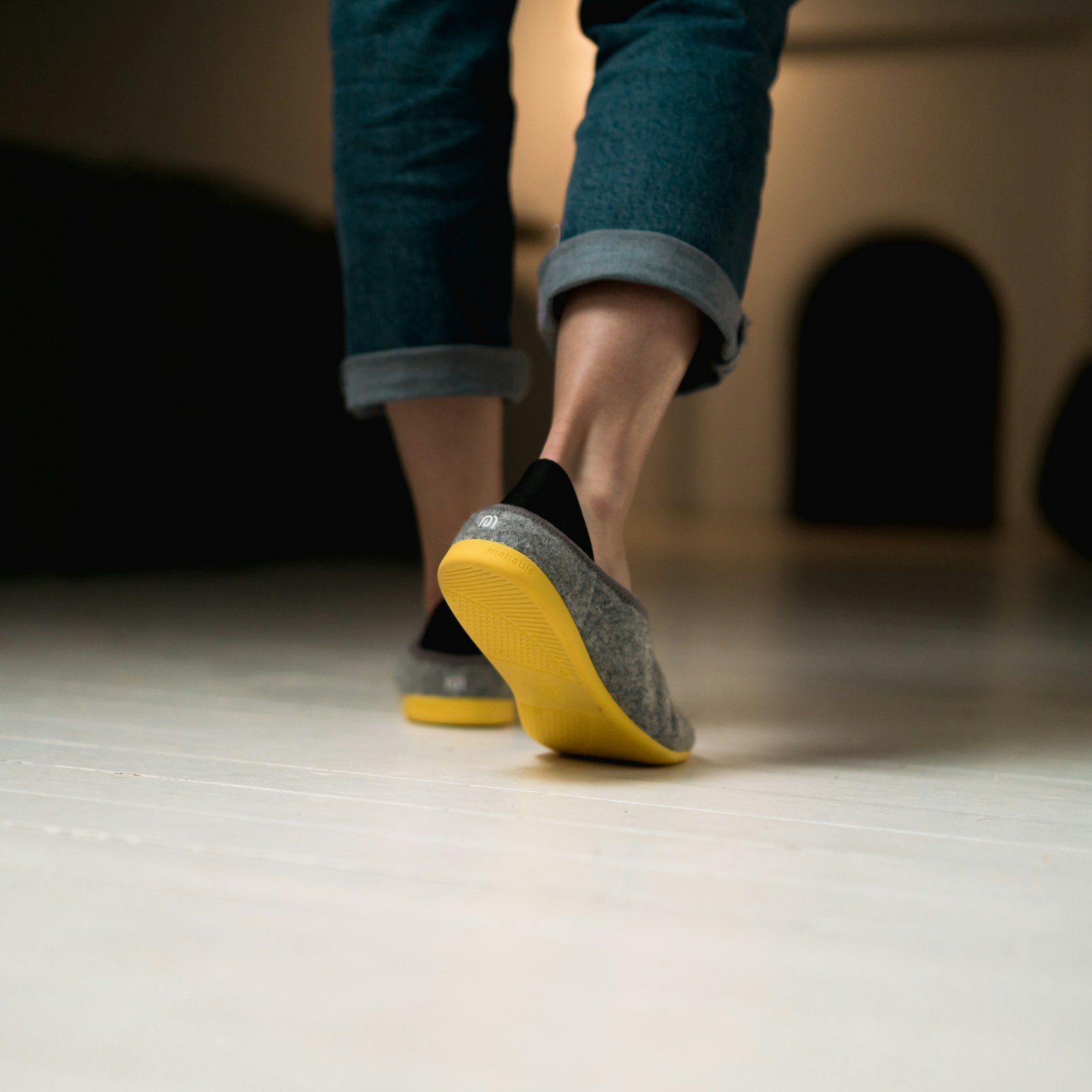Signs of Flooring Damage
Recognizing the signs of flooring damage allows for timely repairs, preserving the appearance and functionality of the floors.
Flooring is a significant property feature, contributing to the space's aesthetic appeal and structural integrity. Over time, however, floors can experience wear, leading to potential damage that, if not addressed, can result in more significant issues. Recognizing the signs of flooring damage allows for timely repairs, preserving the appearance and functionality of the floors. Understanding these indicators can help maintain the property's value and safety.
Creaking and Squeaking Sounds
One of the most common signs of flooring damage is creaking or squeaking sounds when walking across the floor. These noises typically indicate that the floorboards have become loose or that the subflooring has shifted. Over time, nails and adhesives that hold the flooring in place can weaken, causing the boards to move against each other and produce these sounds. While creaking floors may seem minor, they can signal underlying problems that need attention before they worsen.
Discoloration and Staining
Discoloration or staining on the floor surface is another clear indicator of damage. Water exposure is often the culprit behind these changes, especially if the flooring is moisture-prone in kitchens, bathrooms, or basements. Persistent water exposure can lead to mold and mildew growth, which discolors the flooring and poses health risks. It's vital to address the source of the moisture and consider replacing any affected flooring to prevent further damage.
Warping or Buckling
Warping or buckling occurs when flooring materials expand and contract due to moisture or temperature changes. This is particularly common in wood flooring but can also affect laminate, vinyl, and other materials. Warped or buckled floors may appear uneven, with raised edges or gaps between the boards. Ignoring this concern can lead to extensive damage, as the warped areas can cause tripping hazards or require more extensive repairs.
Cracks and Splitting
Cracks and splitting are often visible signs of flooring damage, particularly in hardwood or tile floors. In hardwood floors, cracks can develop due to age, changes in humidity, or heavy foot traffic. Splitting typically occurs along the grain of the wood, compromising the integrity of the floorboards. Cracks can result from impacts, shifting subfloors, or improper installation on tile flooring. Promptly addressing these cracks is crucial to prevent them from spreading and causing further deterioration.
Loose or Popping Tiles
Loose or popping tiles are a sign that the adhesive underneath has failed, which can occur due to moisture infiltration, improper installation, or natural wear and tear. When tiles are loose, they can move slightly underfoot, creating an uneven surface that can lead to additional damage or accidents—popping tiles, where the tile lifts from the subfloor, can also indicate issues with the underlying foundation. Replacing loose or popping tiles can help maintain the floor's stability and appearance.
Soft Spots in the Flooring
Soft spots in the flooring, where the surface feels spongy or gives way slightly when walked on, often indicate a problem with the subfloor. These areas can develop due to water damage, termite infestations, or structural issues with the building. Soft spots can lead to more severe damage if not addressed, potentially causing the floor to collapse in the affected areas. It's essential to have a contractor assess and repair the subfloor to prevent further complications.
Peeling or Bubbling Finish
In floors with a sealed or coated finish, such as hardwood or laminate, peeling or bubbling of the surface finish is a sign of damage. This occurs because of exposure to moisture, harsh cleaning chemicals, or wear over time. Peeling or bubbling indicates the protective layer has been compromised, leaving the underlying material vulnerable to further damage. Refinishing or resealing the affected areas can restore the floor's appearance and protect it from additional harm.
Gaps Between Floorboards
Gaps between floorboards can develop as the flooring material expands and contracts with humidity and temperature changes. While some movement is natural, excessive or persistent gaps may indicate a problem with the installation or the acclimation of the flooring material. These gaps can allow dirt and debris to accumulate, leading to further wear on the edges of the boards. Filling the gaps or re-securing the floorboards can help maintain the floor's structural integrity and appearance.
Fading and Sun Damage
Prolonged exposure to sunlight can cause flooring materials, particularly wood and carpet, to fade over time. Fading occurs when UV rays break down the chemical bonds in the flooring material, leading to a loss of color and vibrancy. Sun damage can sometimes weaken the material, making it more susceptible to wear. Protecting the flooring with UV-resistant coatings or using window treatments to limit sun exposure can help prevent further fading.
Recognizing the signs of flooring damage is essential for preserving the longevity and safety of a property's floors. By addressing issues such as creaking sounds, discoloration, warping, and cracking early, property owners can avoid more extensive repairs and preserve the beauty and functionality of their floors. Consulting with a professional contractor can provide insight into the best methods for repairing or replacing damaged flooring, verifying that the investment in the property's floors is protected for years.
Shewmake Home Solutions, LLC is a residential kitchen and bathroom remodeling expert in the Camino, CA, area, offering renovation and complete remodels.

